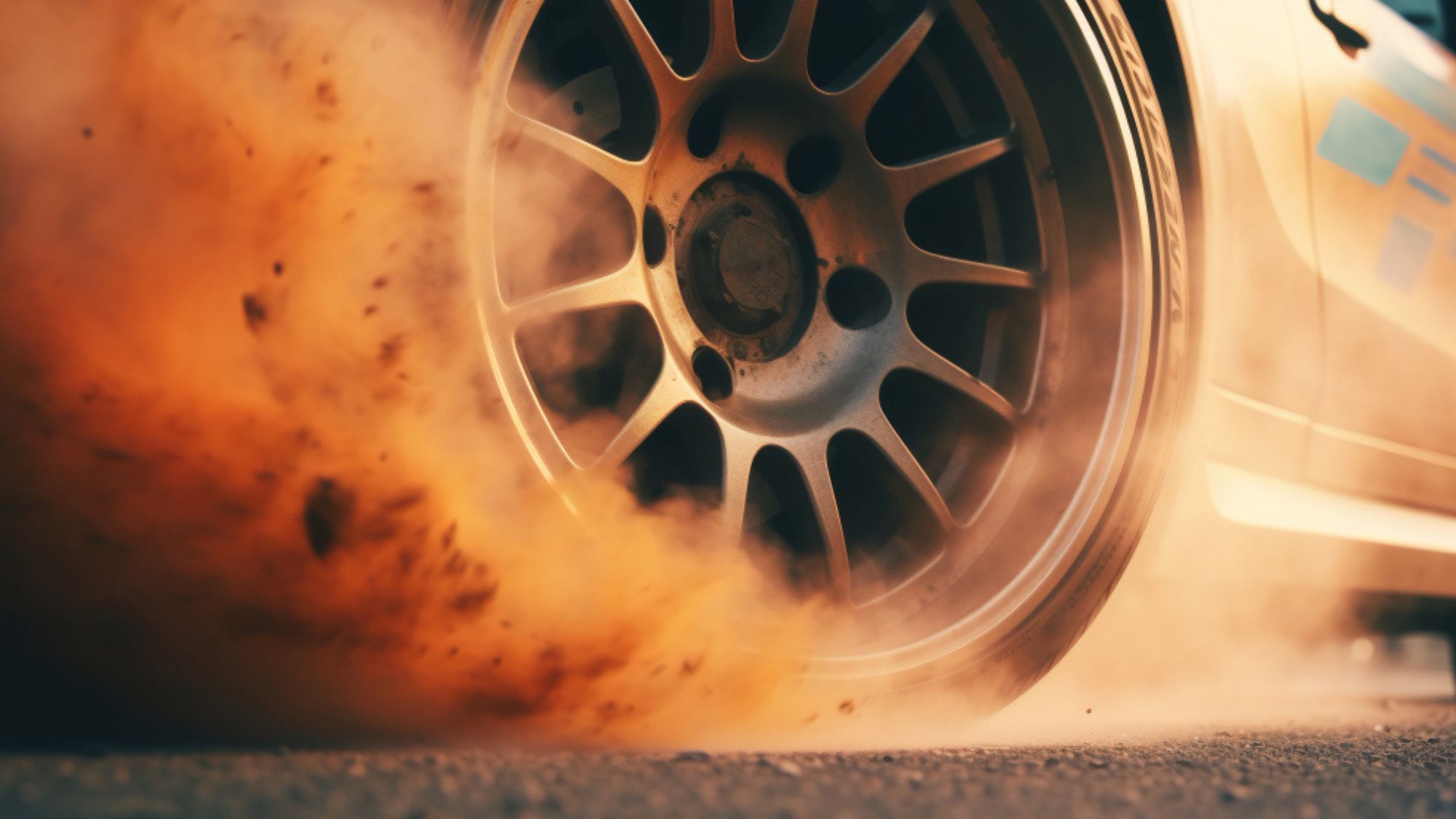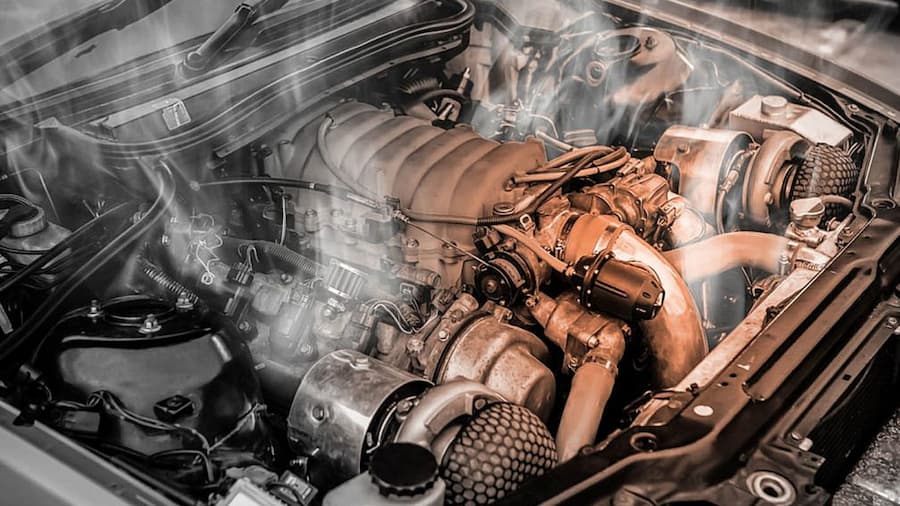Automobile
Understanding Car Exhaust Backpressure & Its Impact On Power

Car exhaust backpressure is a crucial factor that can significantly influence engine performance and power output. Backpressure refers to the resistance encountered by exhaust gasses as they exit the engine and flow through the exhaust system. While some level of car exhaust backpressure is necessary for optimal engine operation, excessive back pressure can hinder performance and reduce power.
This article aims to explain the concept of exhaust backpressure, its causes, its effects on engine performance, and the importance of maintaining a balance to achieve maximum power output. Performance exhaust systems enhance a vehicle’s power and sound, offering an exhilarating driving experience. These systems feature high-quality materials and precision engineering, maximizing exhaust flow and minimizing restrictions.
Understanding Car Exhaust Backpressure:
Exhaust backpressure is the resistance encountered by exhaust gases as they exit the combustion chambers and flow through the exhaust system. It is primarily caused by the restrictions and components within the exhaust system, such as catalytic converters, mufflers, resonators, and exhaust pipes of inadequate diameter. These components create a certain level of restriction to control noise levels and reduce harmful emissions.
Impact on Engine Performance:
Backpressure plays a crucial role in maintaining car protection, which affects engine performance. Scavenging refers to the removal of exhaust gases from the cylinders to make space for fresh air and fuel mixture during the intake stroke. Excessive car exhaust backpressure can interfere with this process and result in several negative effects:
Reduced Power Output:
High car exhaust backpressure restricts the flow of exhaust gases, leading to incomplete scavenging and decreased engine efficiency. The engine has to work harder to expel the exhaust gases, which can result in reduced power output.
Impaired Combustion:
Insufficient scavenging can result in a residual exhaust gas “trapping” in the combustion chamber. This can lead to dilution of the incoming air-fuel mixture, affecting the combustion process and reducing power and efficiency.
Increased Operating Temperatures:
Higher car exhaust backpressure can cause an increase in exhaust gas temperatures, potentially leading to overheating of various engine components. Elevated temperatures can also negatively impact the longevity and reliability of the engine.
Finding the Optimal Backpressure Balance:
While excessive car exhaust backpressure is detrimental, eliminating backpressure is not ideal either. Some level of backpressure is necessary for maintaining exhaust velocity and scavenging efficiency. The key is to strike a balance that ensures optimal engine performance. This can be achieved through careful selection of exhaust system components and tuning: a) Exhaust System Design: Choosing exhaust components that offer a good balance between performance and noise reduction is crucial. High-flow catalytic converters, free-flowing mufflers, and properly sized exhaust pipes can help minimize backpressure while maintaining acceptable noise levels.
Header Design:
Headers play a vital role in the exhaust flow. Equal-length headers can improve exhaust scavenging by ensuring that each cylinder’s exhaust pulses are evenly spaced. This can enhance performance and reduce back pressure.
Tuning and Modifications:
Fine-tuning the engine’s air-fuel mixture, ignition timing, and camshaft profiles can optimize performance while considering the characteristics of the exhaust system. However, such modifications should be approached with caution and ideally performed by experienced professionals.
Power Loss: High levels of exhaust car exhaust backpressure can restrict the flow of exhaust gases, impeding the engine’s ability to expel the combustion byproducts efficiently. This restriction can lead to a reduction in engine power output, as the engine has to work harder to push the exhaust gases out. The power loss can be especially noticeable at higher engine speeds, where the flow restriction becomes more significant.
Backpressure Has A Direct Impact On The Performance Of A Car’s Engine:
Reduced Torque:
Backpressure can also affect torque production, which is the rotational force generated by the engine. An increase in car exhaust backpressure can result in a decrease in low-end torque, affecting the engine’s responsiveness at lower RPMs. This can make the car feel sluggish during acceleration or when climbing steep inclines.
Efficiency and Fuel Economy:
Higher car exhaust backpressure can negatively impact the overall efficiency of the engine. It can disrupt the scavenging effect, which is the process of clearing out the remaining exhaust gases from the combustion chambers during the valve overlap period. When the scavenging effect is compromised, there can be a decrease in the engine’s efficiency, leading to reduced fuel efficiency.
Engine Heat Buildup:
Backpressure can also contribute to increased heat buildup within the engine. The restriction in the exhaust flow can cause the hot exhaust gases to remain in the exhaust system for longer periods. Potentially raising the overall temperature. This prolonged exposure to high temperatures can impact the longevity of various components. Including valves, gaskets, and even the catalytic converter.
Conclusion – Car Exhaust Backpressure:
Understanding car exhaust back pressure and its impact on power is crucial for automotive enthusiasts and professionals alike. While some backpressure is necessary for optimal engine performance. Excessive car exhaust backpressure can hinder power output and compromise overall efficiency. Striking the right balance through appropriate exhaust system design, component selection. And tuning is essential to achieve maximum power without sacrificing reliability. By carefully considering these factors, enthusiasts can enhance engine performance. While ensuring a reliable and enjoyable driving experience.
-
Blog1 year ago
MyCSULB: Login to CSULB Student and Employee Portal – MyCSULB 2023
-
Android App3 years ago
Cqatest App What is It
-
Android1 year ago
What Is content://com.android.browser.home/ All About in 2023? Set Up content com android browser home
-
Software2 years ago
A Guide For Better Cybersecurity & Data Protection For Your Devices
-
Latest News2 years ago
Soap2day Similar Sites And Alternatives To Watch Free Movies
-
Android2 years ago
What is OMACP And How To Remove It? Easy Guide OMACP 2022
-
Android3 years ago
What is org.codeaurora.snapcam?
-
Business2 years ago
Know Your Business (KYB) Process – Critical Component For Partnerships






















